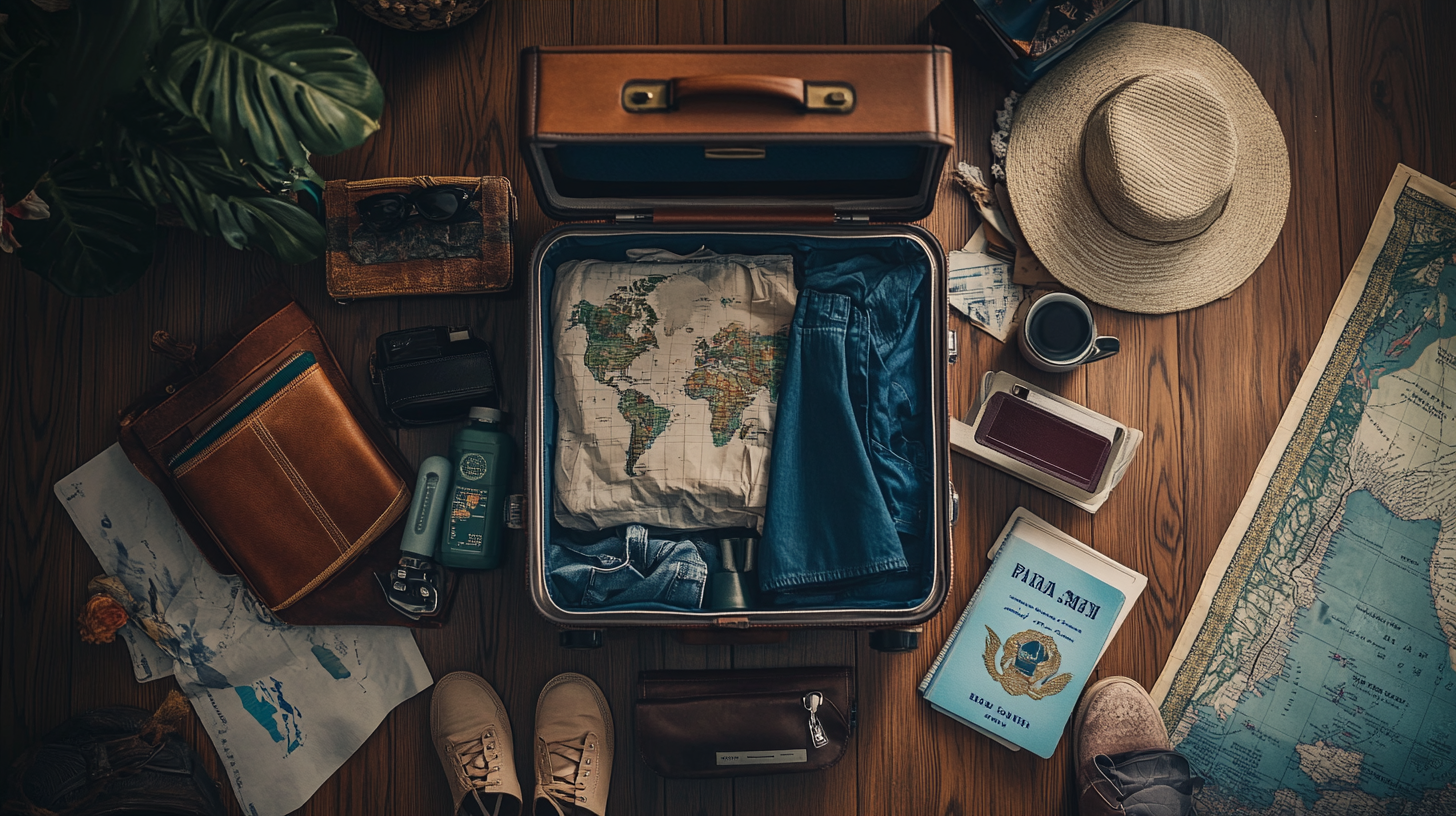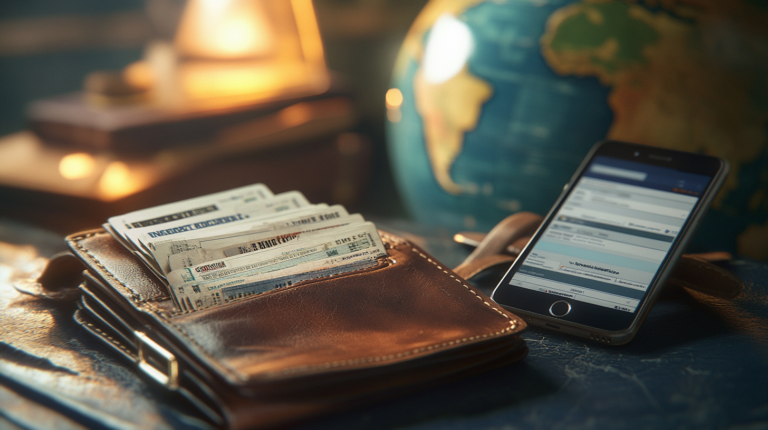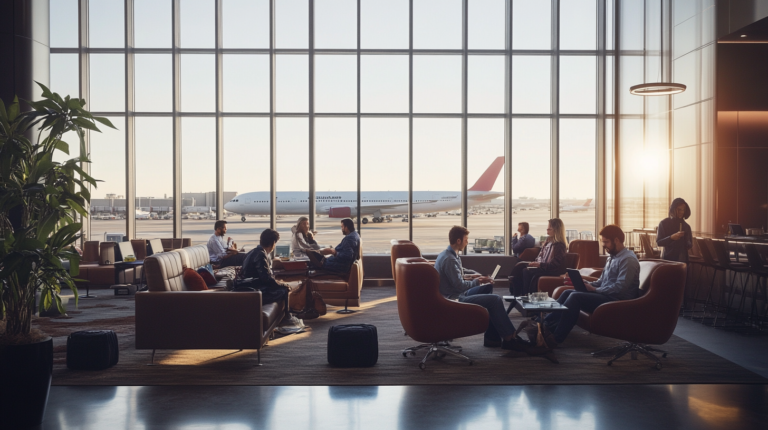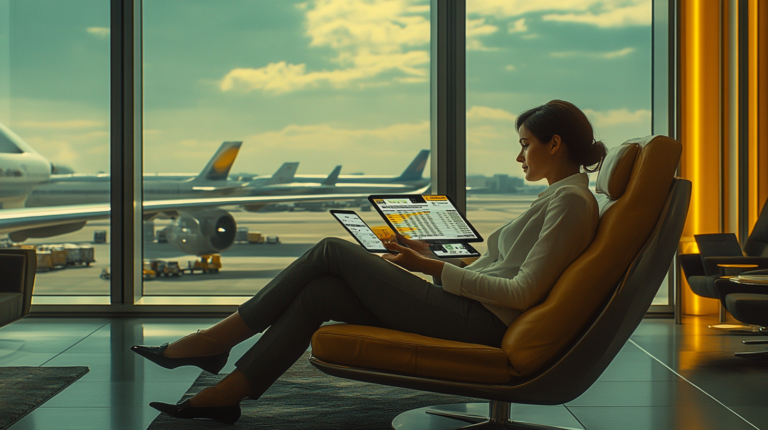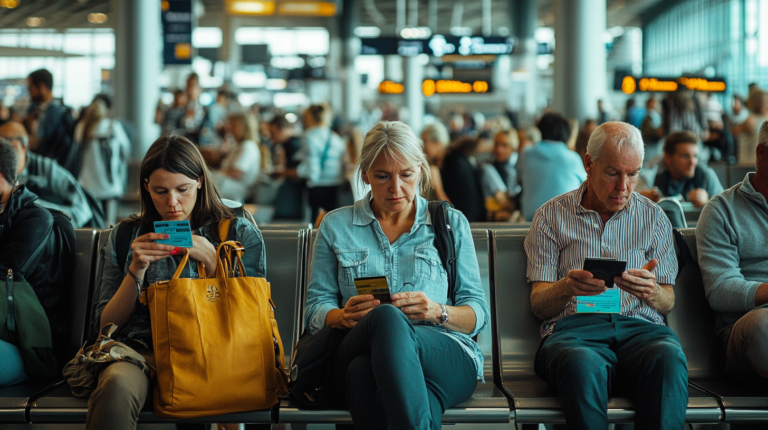The Frequent Flyer’s Ultimate International Packing Guide
International travel is such a thrill, isn’t it? It opens up a world of new cultures, sights, and unforgettable memories. Picture yourself wandering through the charming cobblestone streets of Paris, delving into the ancient temples of Kyoto, or soaking up the sun on Bali’s beaches. However, let’s be honest, the joy can sometimes be overshadowed by the stress of packing. With airline baggage limits, security regulations, and a plethora of climates and activities to consider, it’s easy to feel overwhelmed. But don’t worry! This comprehensive guide pulls together expert advice and seasoned traveler tips to make packing efficient and your journey stress-free. Whether you’re just starting your travel adventures or are a seasoned globetrotter, mastering the art of packing is a must for a successful trip abroad.
Start with the Essentials: Documents and Regulations
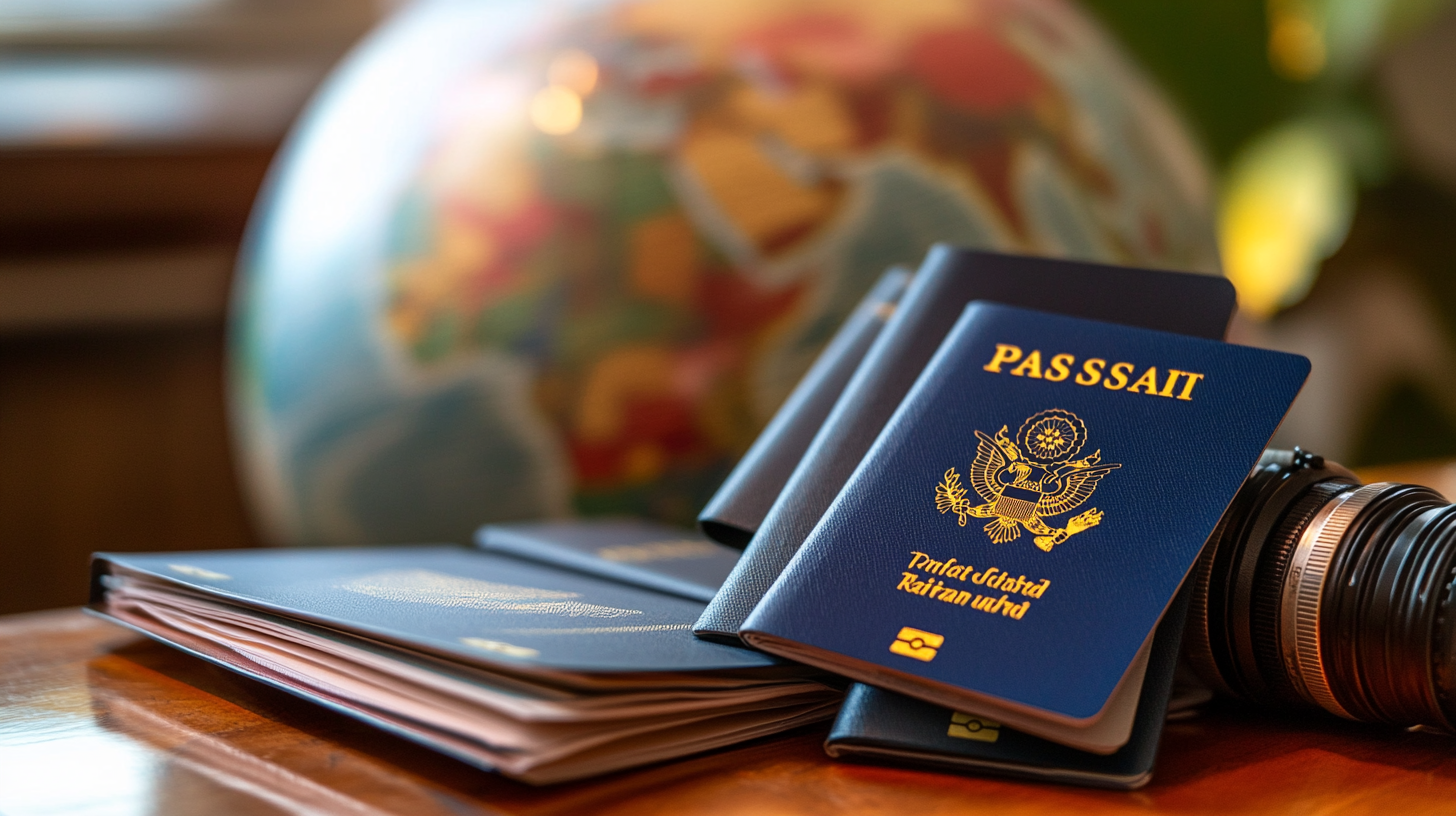
First things first, make sure your travel documents are all set. A valid passport is a must for international travel, and depending on your destination, a visa or an electronic travel authorization might be needed too. Visa requirements can vary widely, so check the details well ahead of time to avoid any last-minute hiccups or denied entry. Shockingly, 40% of travelers are unaware of visa needs, leading to unnecessary stress and delays. Using resources like comprehensive country-specific visa requirement guides can help you navigate these complexities with confidence.
Health considerations are just as important when venturing abroad. Make sure you have medical insurance that covers you internationally, as medical expenses can be surprisingly high in some countries. Pack any necessary medications along with copies of prescriptions in case you need to refill them during your trip. Also, check for any required vaccinations or health advisories for your destination. Remember to respect airport security restrictions by keeping medications in their original containers and declaring them if needed. Utilizing tools like international health and vaccination checklist can help you stay informed and prepared for your journey.
Understanding Airline Baggage Policies
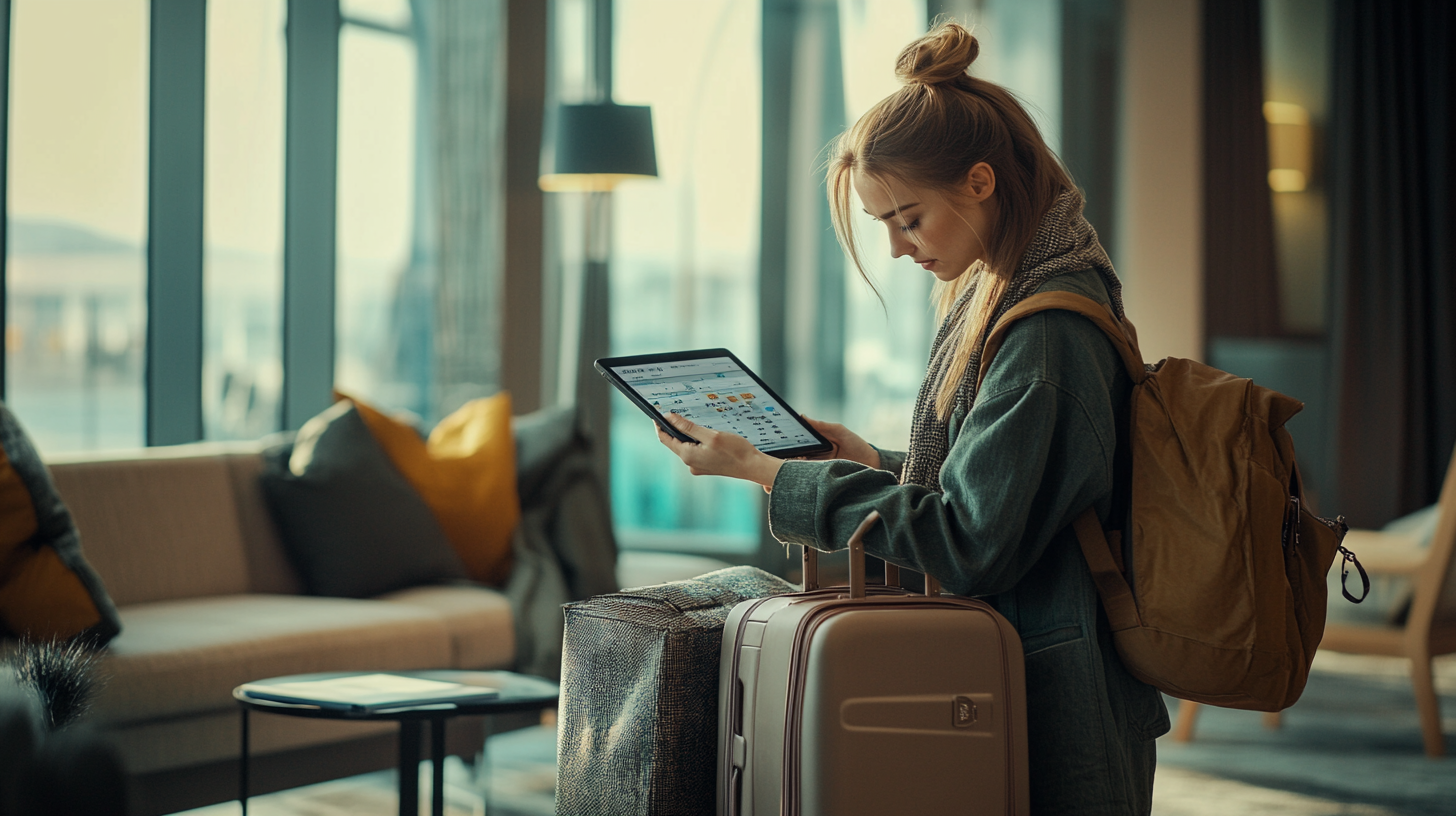
Knowing your airline’s baggage policies can save you from unnecessary frustration and costs. Each airline has different rules about luggage size, weight limits, and the number of bags allowed. These can also vary based on your ticket class and destination. Familiarize yourself with these guidelines to avoid those dreaded excess baggage fees, which can be quite steep—some airlines charge up to $100 per extra kilogram over the limit. A staggering 25% of travelers feel overwhelmed by airport procedures, often due to unexpected baggage issues. Utilizing tools like airline baggage policy comparison charts can help you plan accordingly. Sticking to airline guidelines not only eases your journey through the airport but also ensures compliance with security protocols and reduces the risk of your luggage being delayed or lost.
Crafting Your International Travel Checklist

Creating a thorough packing checklist is a proactive way to organize your packing process and ensure nothing important is left behind. Seasoned traveler Erin, who’s traveled to over 40 countries, shares how a meticulously crafted list saved her from numerous travel mishaps, from forgotten chargers to overlooked travel documents. She stresses the importance of a well-thought-out list tailored to your specific destination and activities. For a customizable template, check out the ultimate international travel packing checklist template as a starting point for your own list. Here are key categories to include:
1. Carry-On Essentials
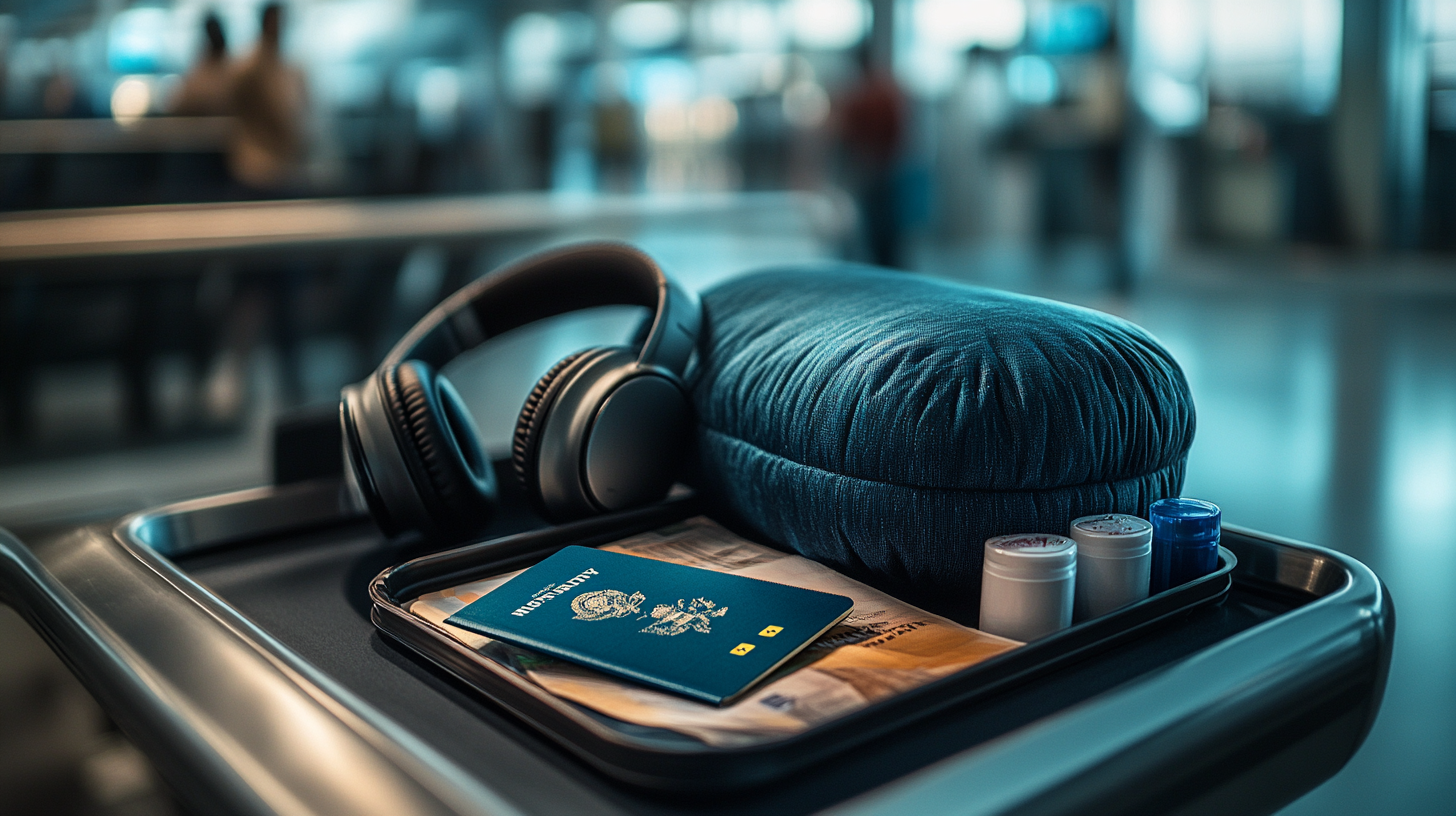
- Important Documents: Carry your passport, boarding passes, travel insurance details, and any necessary visas. It’s wise to keep digital copies of these documents securely stored on your phone or cloud storage as backups. Consider using secure travel document organizer apps to manage these effectively.
- Valuables and Electronics: Keep essential items like your wallet, phone, laptop, and camera equipment in your carry-on. Airlines recommend that valuables are always kept with you to prevent loss or damage. Investing in anti-theft travel backpacks with USB charging ports can provide added security and convenience.
- Comfort Items: Long flights can be uncomfortable, so pack noise-canceling headphones to drown out cabin noise, a travel pillow (such as the Trtl travel pillow) for neck support, and compression socks to improve circulation. These items, according to frequent flyers, significantly enhance the in-flight experience.
- Health and Hygiene: Bring travel-size toiletries adhering to TSA regulations (typically containers of 3.4 ounces or less), personal medications, and hand sanitizer. A small first-aid kit can also come in handy for minor ailments. Remember that airplane cabin-approved toiletry kits are available to simplify this process.
- Tech Accessories: A universal travel adapter (like the MOMAX adapter for fast and universal charging) is essential for keeping your devices powered in different countries. A portable battery pack is also valuable, especially when outlets are scarce. Don’t forget charging cables and consider using cable organizers for travelers to keep them tidy.
2. Personal Item Must-Haves
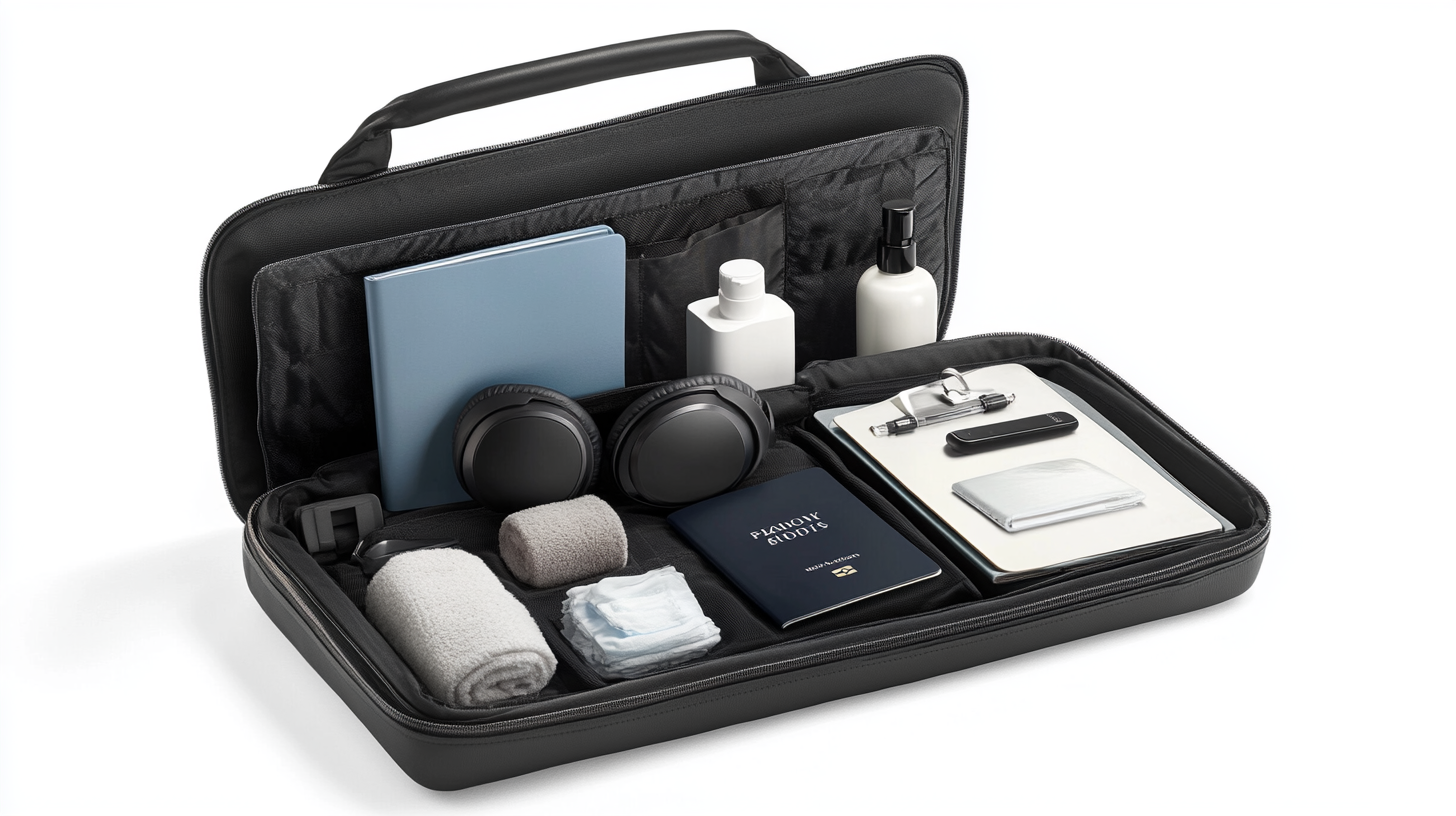
Your personal item, such as a backpack or tote bag, should contain items you’ll need immediate access to:
- Entertainment: Long flights can be tedious, so bring books, magazines, or a tablet loaded with movies, music, and games. Download content in advance, as in-flight Wi-Fi can be unreliable or expensive. Consider top travel apps for offline entertainment to keep you engaged during your journey.
- Snacks: Airplane meals may not always align with your preferences or dietary needs. Pack non-perishable food items like granola bars, nuts, or dried fruit to keep hunger at bay during long flights. Remember to check customs regulations regarding food items at your destination.
- Essential Accessories: Earplugs (like Loop earplugs for noise reduction) can help block out ambient noise, and an eye mask can assist in adjusting to time zone differences by allowing you to sleep. A lightweight blanket or shawl can also be useful if the cabin temperature is cool.
- Travel Documents: Keep printed copies of your itinerary, hotel reservations, and emergency contacts easily accessible. In the event of a lost phone or battery depletion, having hard copies can be invaluable. Utilizing travel document wallets with RFID protection can help organize and protect these items.
3. Checked Luggage Strategies
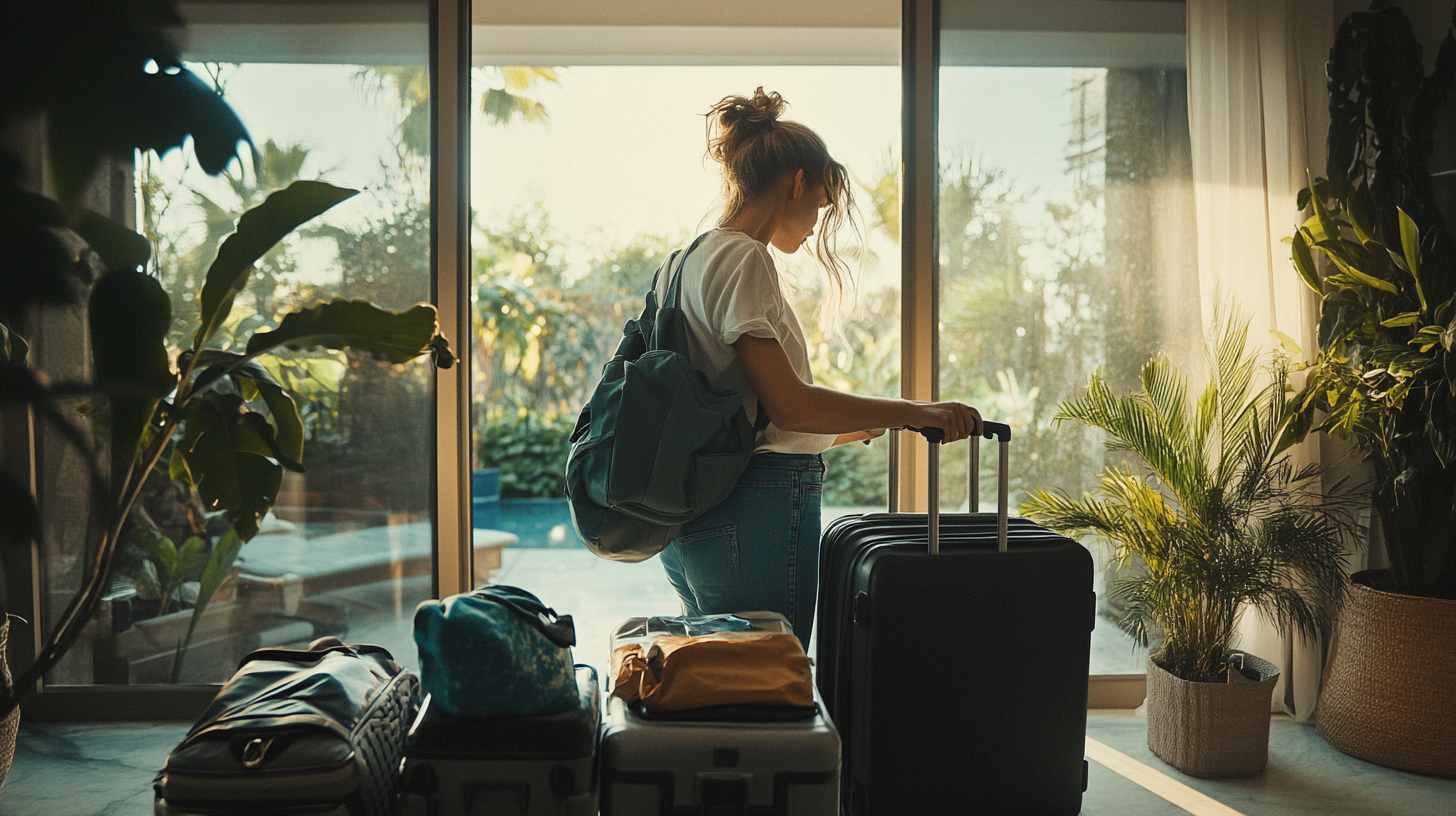
When it comes to checked luggage, efficiency and organization are key to a smooth travel experience. Travel writer Kaitlyn McInnis recommends using packing cubes and vacuum bags to maximize space and keep your belongings orderly. She notes that these tools not only help fit more into your suitcase but also make it easier to locate items without unpacking everything. Here are some tips:
- Clothing: Pack versatile clothing suitable for your destination’s climate and activities. Opt for neutral colors that can be mixed and matched to create multiple outfits with fewer items. Layering pieces are invaluable for adapting to changing weather conditions. Remember the adage: “Pack for comfort, currency, and chargers.” It emphasizes the essentials without overpacking. For inspiration, check out travel capsule wardrobe suggestions for various climates .
- Footwear: Limit yourself to two or three pairs of shoes—one comfortable pair for walking, one for dressier occasions, and possibly a pair for specific activities like hiking. Shoes can be bulky, so wear the heaviest pair during transit to save space in your luggage. Using shoe bags to protect clothing in your luggage can keep your clothes clean from any dirt on your shoes.
- Accessories: Pack a dry bag to protect gear from wet conditions and water shoes if you plan aquatic adventures. Additionally, consider items like a compact umbrella, a hat, or sunglasses depending on your destination. Including versatile travel scarves with hidden pockets can provide both style and function.
- Toiletries: Keep liquids within airline regulations (each container must be 3.4 ounces or less and all must fit within a quart-sized bag for carry-ons). Consider solid alternatives like shampoo bars and solid deodorants to save space and reduce spill risks. Brands offer travel-friendly solid toiletries kits specifically designed for travelers.
Optimize Packing with Travel Accessories
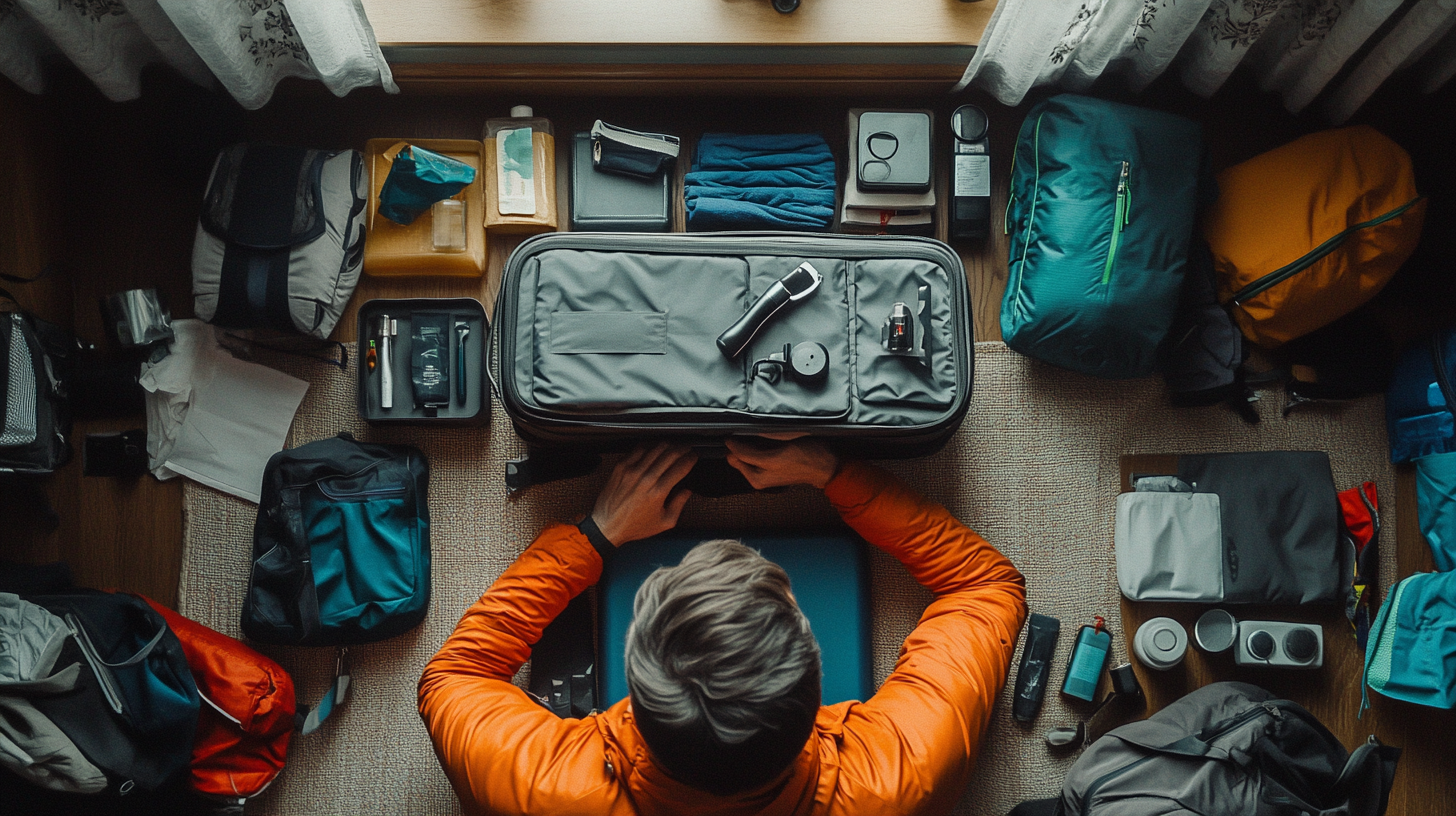
Investing in quality travel accessories can enhance your packing efficiency and overall travel experience. Not only do these items help you stay organized, but they can also save space and time. Here are some must-have accessories:
- Packing Cubes: These help compartmentalize your luggage, making it easier to find items without unpacking everything. Using different cubes for categories such as shirts, pants, and undergarments streamlines your packing and unpacking process. For options, consider set of durable, lightweight packing cubes with color-coding .
- Compression Bags: Useful for reducing the volume of bulky items like jackets or sweaters, compression bags remove excess air and free up space in your luggage. They are especially handy for cold-weather travel. Check out air-free compression bags for travel for efficient options.
- Travel Adapter: A universal adapter is indispensable for international travelers to keep devices charged, as electrical outlets vary by country. Some models also include USB ports and surge protection. The best-rated all-in-one travel power adapters can ensure you’re always connected.
- Organizers: Separate bags for toiletries and tech accessories keep items orderly and easily accessible. A hanging toiletry bag can save counter space in small bathrooms, and cable organizers prevent tangled cords. Consider investing in multi-compartment hanging toiletry bags and compact electronics organizers for travel .
- Luggage Scale: A portable luggage scale helps you avoid overweight baggage fees by allowing you to weigh your bags before heading to the airport. It’s a small investment that can save money and hassle. Look into digital handheld luggage scales for accurate readings.
Stay Informed About Security Regulations
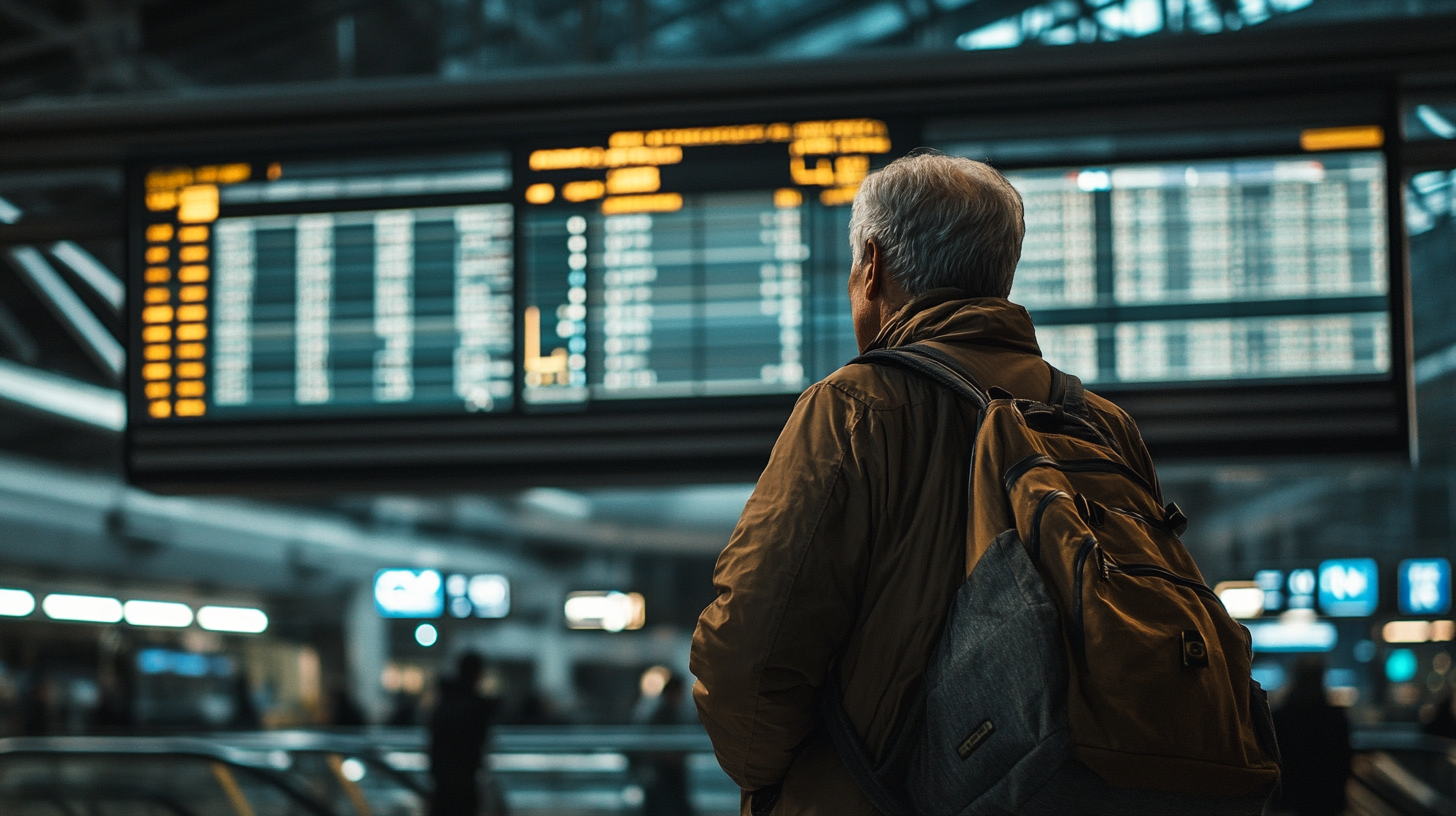
Understanding airport security protocols can expedite your journey and reduce stress. Familiarize yourself with the Transportation Security Administration (TSA) guidelines if departing from the United States, or the equivalent authority in your departure country. Key areas to focus on include restrictions on liquids, electronics, and prohibited items. For example, liquids, gels, and aerosols in your carry-on must be in containers of 3.4 ounces (100 milliliters) or less and all fit within a single quart-sized clear bag. McInnis emphasizes the importance of checking for restricted items both at home and at your destination to avoid confiscations or delays. Items that may be allowed in one country could be prohibited in another. Utilizing updated resources like official TSA travel tips and prohibited items list ensures you’re compliant with current regulations.
Health and Comfort In-Flight
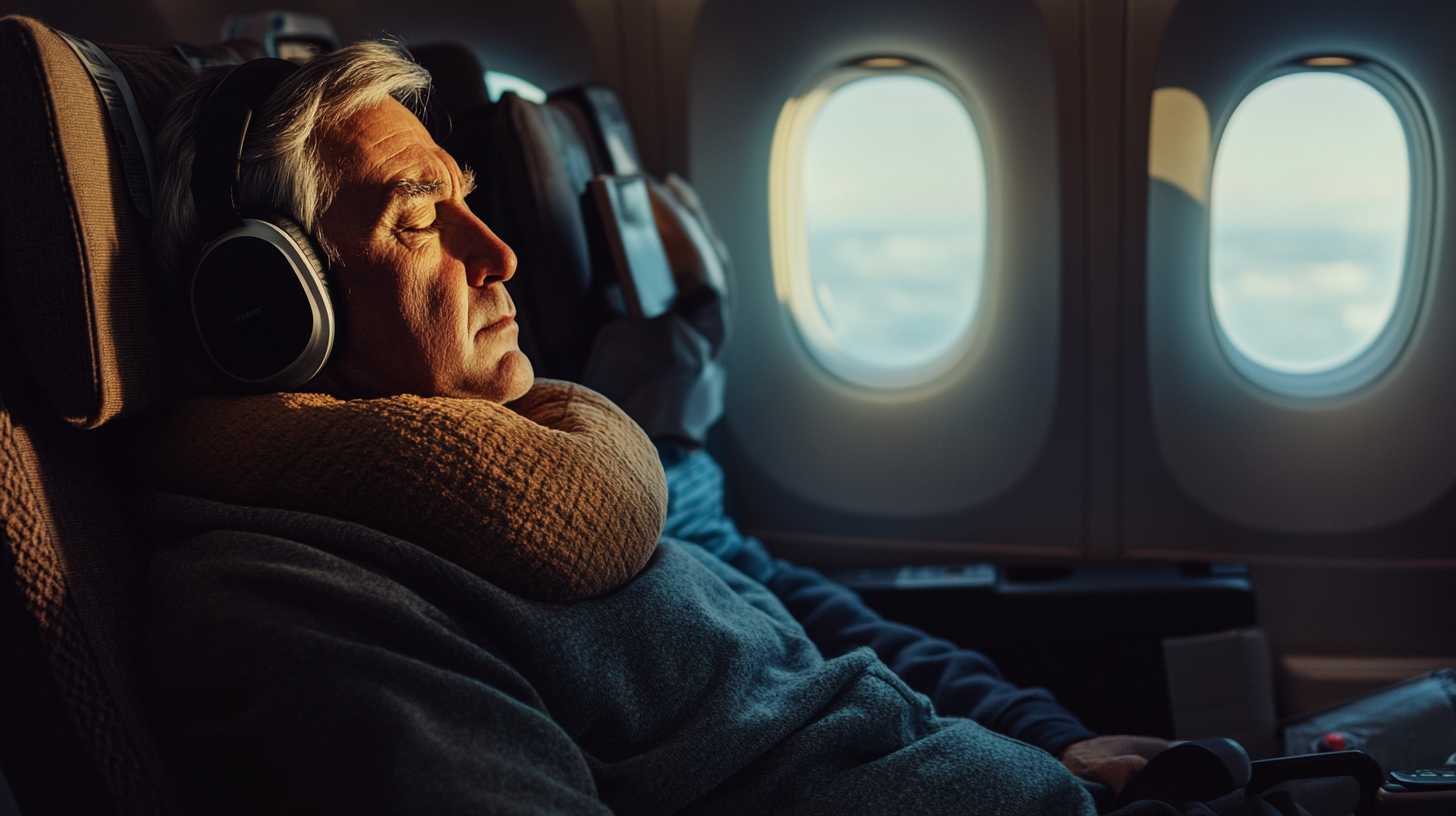
Long flights can be taxing, so prioritize your in-flight comfort to arrive at your destination feeling refreshed:
- Attire: Wear comfortable, loose-fitting clothing and consider layering to adjust to cabin temperature changes. Airlines often keep cabins cool, so bringing a cardigan or light jacket is advisable. Choose breathable fabrics like cotton or bamboo. For ideas on travel-friendly outfits, refer to stylish yet comfortable airplane attire suggestions .
- Compression Socks: Long periods of inactivity can lead to swollen feet or even blood clots. Compression socks improve circulation and are recommended for flights over four hours. Select from top-rated compression socks for travelers to find a pair that suits you.
- Hygiene: Pack a small toiletry kit with essentials like a toothbrush, toothpaste, facial wipes, moisturizer, and lip balm to freshen up during the flight. Airplane cabins can be very dry, so staying hydrated and moisturized is key. Including airplane-friendly personal hygiene kits can make this easy.
- Entertainment: While many airlines offer in-flight entertainment, it’s wise to have your own options. Ensure your devices are fully charged and loaded with movies, music, podcasts, or e-books. In case of connectivity issues, offline content is a lifesaver. Noise-canceling headphones not only enhance entertainment but also minimize cabin noise. Look into best noise-canceling headphones for travelers for quality options.
- Sleep Aids: Consider bringing sleep masks, earplugs, or even a mild sleep aid (consult your doctor first) to help you rest during the flight. Adjusting to different time zones can be challenging, so maximizing rest on the plane is beneficial.
Local Currency and Financial Preparedness
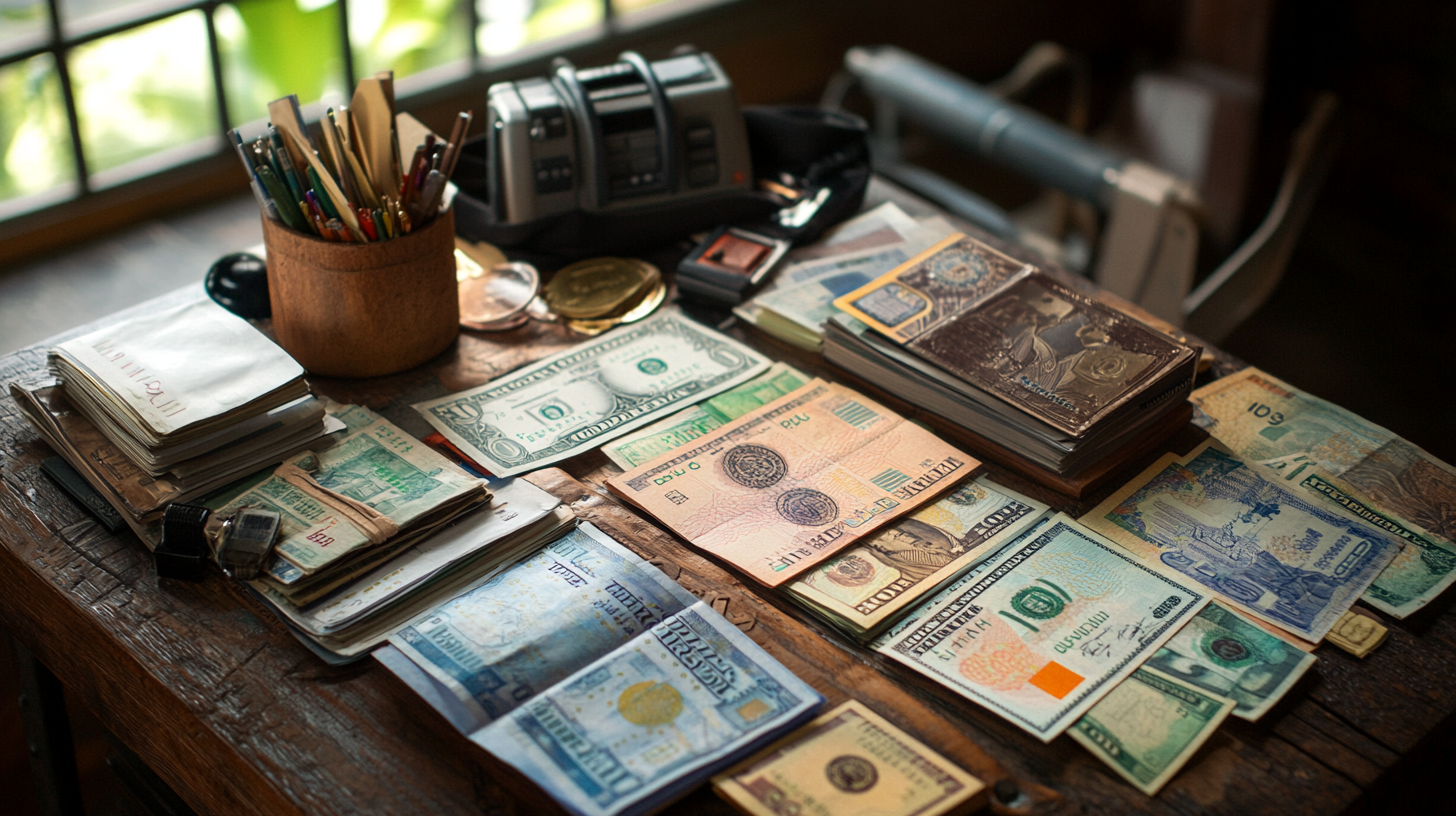
Financial preparedness is crucial for international travel. Ensure you have access to funds by carrying a mix of payment methods:
- Local Currency: Having some local currency on hand upon arrival is useful for immediate expenses like transportation, tips, or small purchases. Exchange a small amount before you depart or withdraw cash from an ATM at the airport upon arrival. Be aware of exchange rates and fees; using currency conversion apps and tools can help you get the best rates.
- Credit/Debit Cards: Carry internationally accepted credit and debit cards, preferably those that waive foreign transaction fees to save money on purchases abroad. Visa and Mastercard are widely accepted, whereas American Express and Discover cards may not be. Notify your bank and credit card companies of your travel plans to prevent any security holds on your accounts.
- Alternative Payment Methods: In some countries, mobile payment apps are prevalent. Research whether apps like Alipay, WeChat Pay, or Apple Pay are commonly used at your destination.
- Safety Tips: Keep your cash and cards secure. Use RFID-blocking wallets and money belts to protect against electronic pickpocketing and keep your valuables close.
Embrace Minimalism and Organization
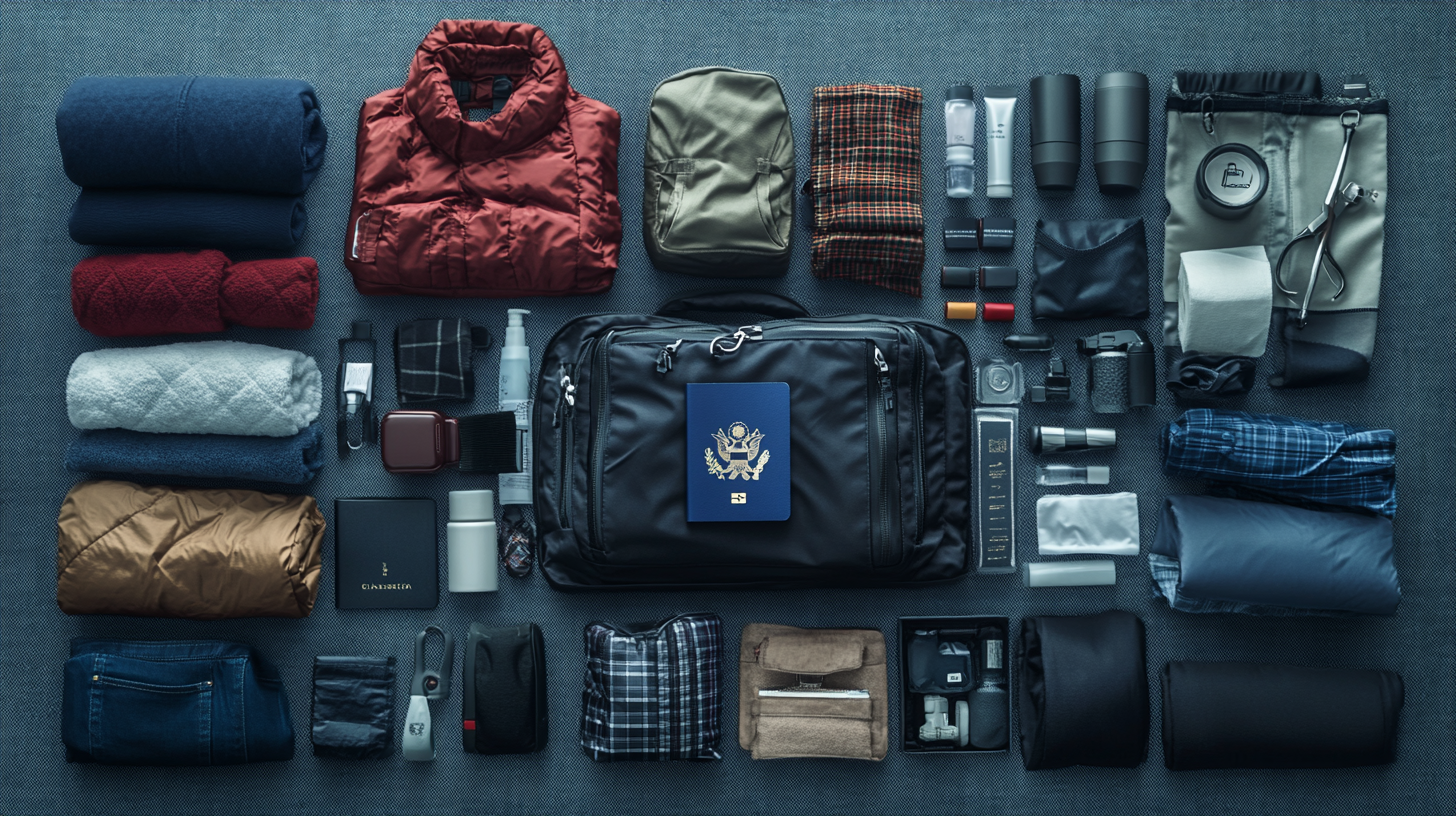
Experienced travelers like Senior Editor Christine Sarkis advocate for minimalist packing. Bringing less not only lightens your load but also leaves room for souvenirs and makes navigating airports and public transportation easier. Here are some tips to embrace minimalism and stay organized:
- Multi-use Items: Pack clothing and accessories that serve multiple purposes. For example, a sarong can function as a beach cover-up, a scarf, or a makeshift blanket. Choose items that can be dressed up or down. Utilizing versatile travel clothing brands can help you find pieces designed for this purpose.
- Digital Copies: Store important documents like boarding passes, hotel confirmations, and maps digitally on your smartphone or tablet. This reduces paper clutter and makes information easily accessible. Apps such as all-in-one travel organizer apps can help consolidate your travel information.
- Pack Early: Start packing several days ahead to avoid last-minute stress and forgetfulness. This gives you time to reconsider items and ensures everything fits properly. Creating personalized packing checklists can assist in keeping you on track.
- Laundry Options: If your trip is long, consider doing laundry rather than packing more clothes. Many accommodations offer laundry facilities, or you can use portable travel laundry solutions like sink-wash kits.
- Limit “Just in Case” Items: Avoid packing items you’re unlikely to use. If you find you need something, you can often purchase it at your destination. Prioritize essentials and items not easily obtainable abroad.
Final Checks Before Departure
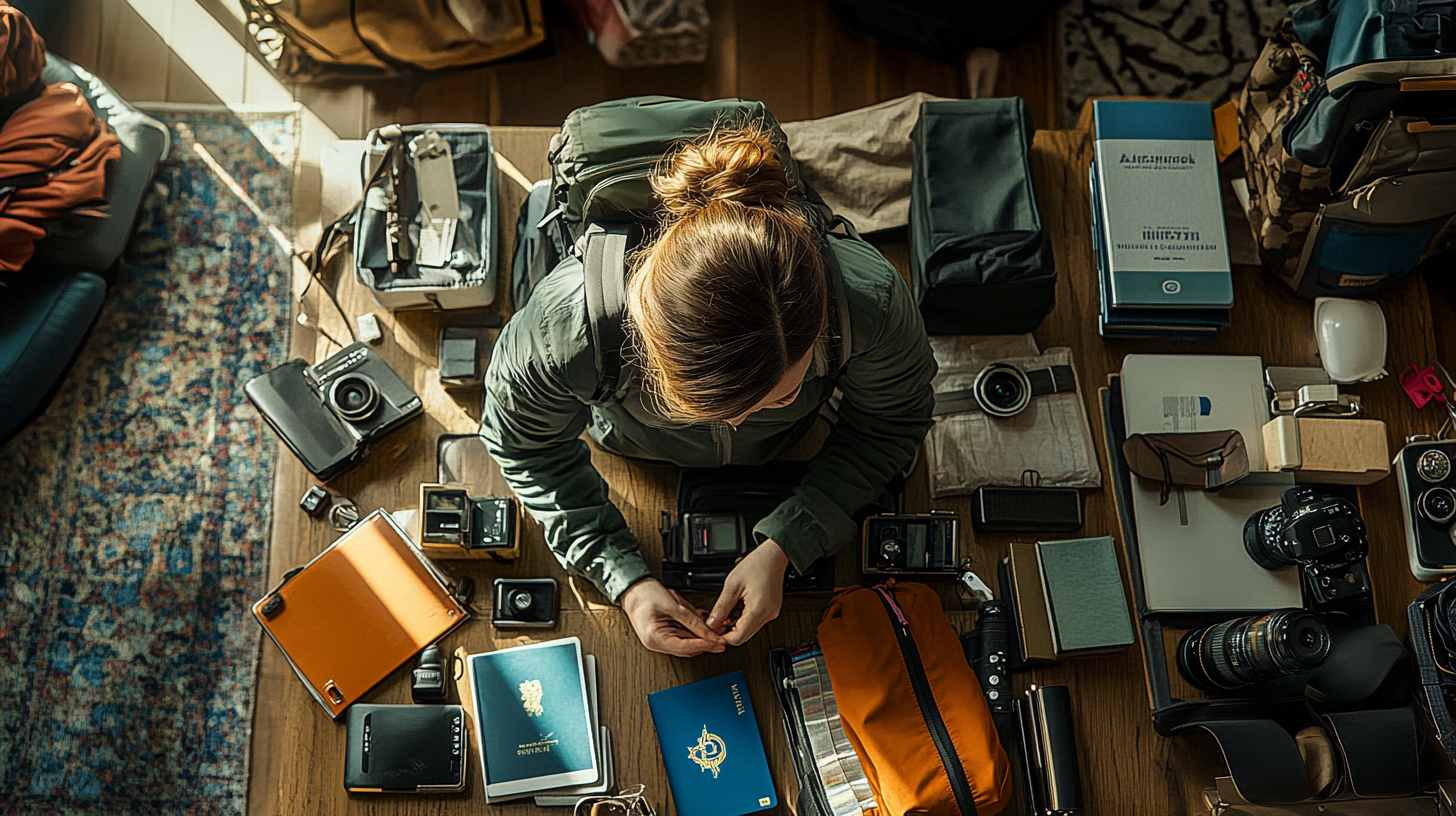
Before you leave, take the time to double-check the following to ensure a smooth journey:
- Weather Forecast: Check the latest weather reports for your destination to ensure your clothing options are appropriate. Weather can be unpredictable, so consider packing a lightweight rain jacket or umbrella if there’s a chance of precipitation. Using reliable international weather forecasting apps can provide up-to-date information.
- Local Customs: Research cultural norms and dress codes to pack appropriate attire, showing respect for local traditions and avoiding unintentional offense. For example, some religious sites require covered shoulders and knees. Refer to country-specific cultural etiquette guides for detailed information.
- Travel Alerts: Stay informed about any travel advisories, safety concerns, or entry requirements like health declarations, COVID-19 testing, or vaccination proof. Visit official government websites or use real-time travel advisory platforms to get the latest updates.
- Passport Validity: Ensure your passport has enough validity remaining, as many countries require it to be valid for at least six months beyond your planned departure date. Also, check if you need blank visa pages.
- Home Preparations: Secure your home by arranging for mail holds, notifying neighbors, and setting timers for lights. Taking care of these details can give you peace of mind while abroad.
Barry B.’s Opinion
Traveling internationally is a beautiful adventure that should be savored, not stressed over. While preparation is key, it’s important to remember that flexibility and a positive attitude can transform any travel hiccup into a memorable story. I believe that the magic of travel lies in the unexpected moments and the connections we make along the way. So, pack light, stay open to new experiences, and enjoy the journey!
Final Thoughts
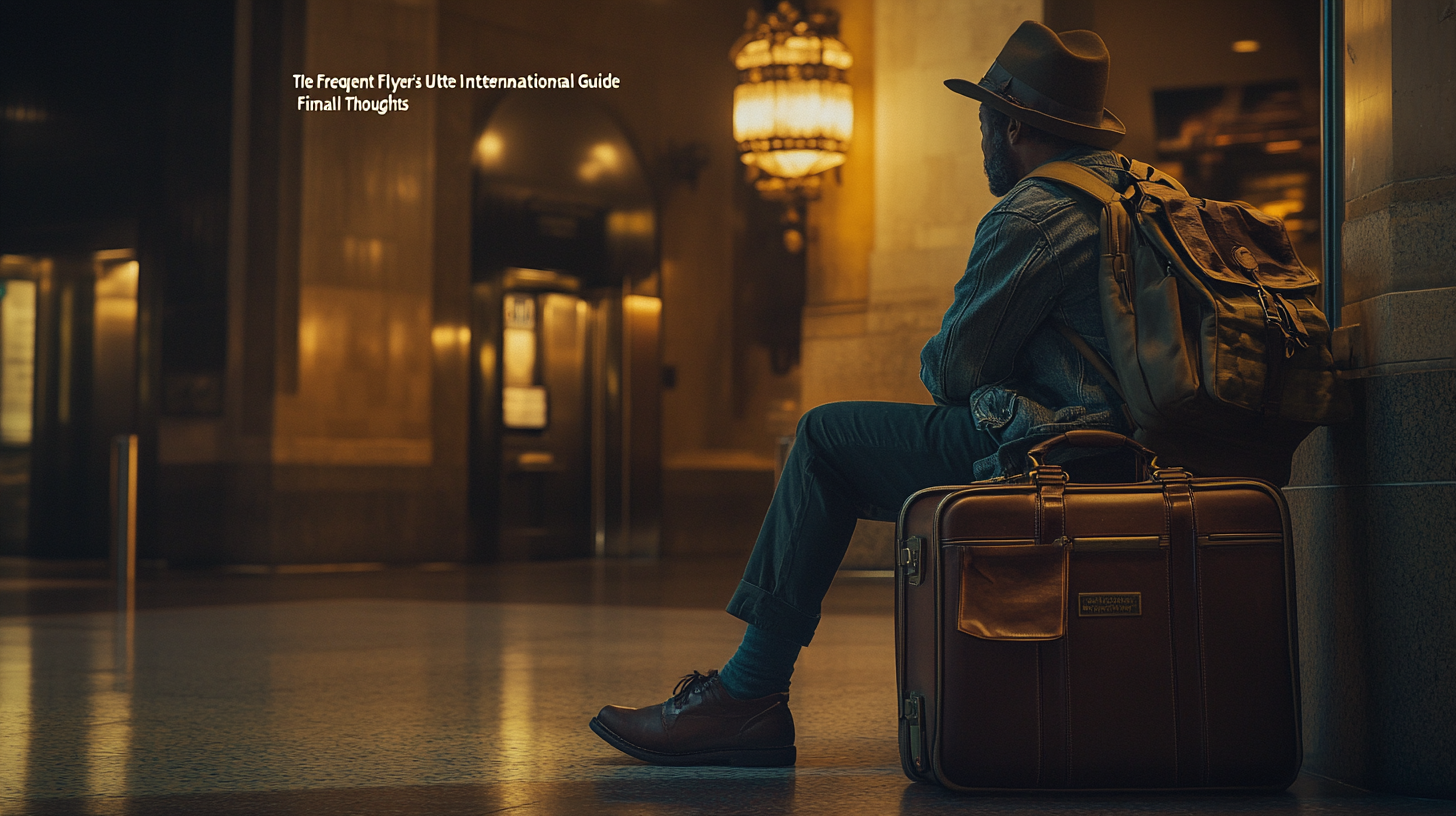
Proper preparation turns international travel from a daunting task into a manageable and even enjoyable process. By following this guide and packing thoughtfully, you’re setting the stage for an unforgettable experience filled with new adventures and memories. Embrace the journey with confidence, knowing you’re well-equipped to handle whatever comes your way. Remember that flexibility and a positive attitude often make the difference between a good trip and a great one.
Follow us back to milesBUZZ for more travel tips and news. Staying informed and inspired will keep your wanderlust alive and your travels smoother. Exploring resources like expert travel blogs and forums allows you to learn from others’ experiences and continuously improve your own travel strategies.

